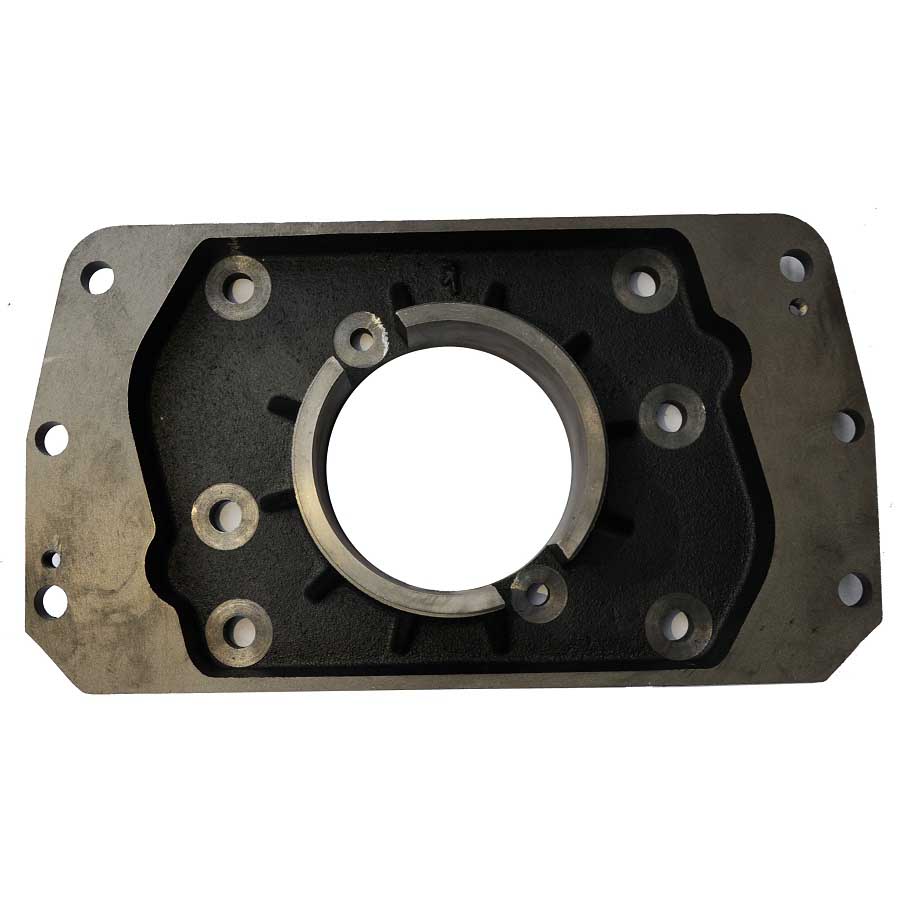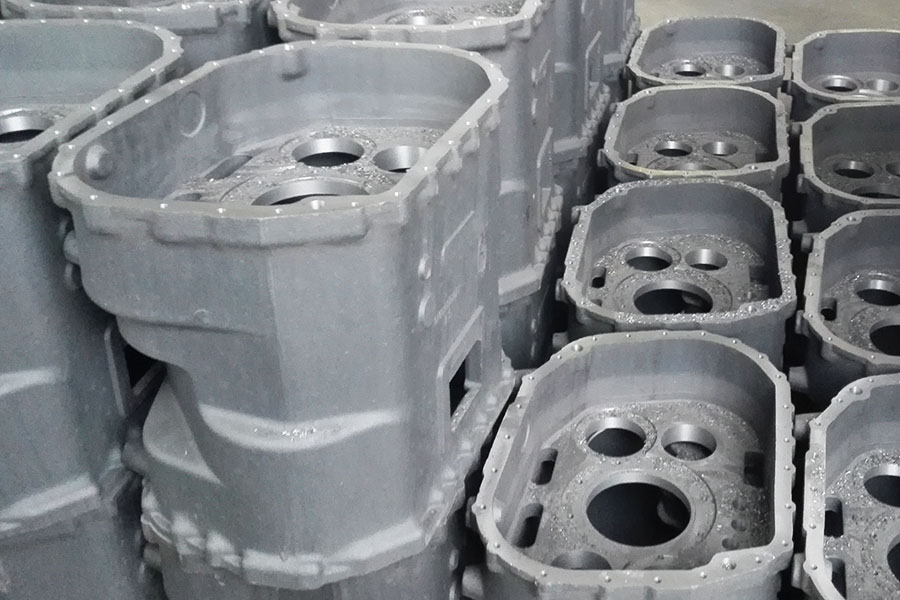
Iron and Steel Lost Foam Casting Foundry
Material: Gray Iron, Ductile Iron, Cast Steel, Stainless Steel Process: Lost Foam Casting + Precision Machining Weight: 4.60 kg Application: Transmission Gearbox Cover
Iron and Steel Lost Foam Casting Foundry from China with CNC Machining Services
Iron and Steel Lost Foam Casting Foundry from China with CNC Machining Services
Lost foam casting, also known as solid mold casting, is to bond and combine foam plastic patterns similar in size and shape to the castings into pattern clusters. After coating refractory materials and drying, they are buried in dry silica sand for vibration modeling and cast under negative pressure. The casting method in which the pattern is vaporized, the liquid metal occupies the pattern position, and the casting is formed after solidification and cooling.
Lost foam casting is a near-net forming process, suitable for the production of more precise castings of various sizes with complex structures and unlimited alloys.
▶ Raw Materials Available for Lost Foam Casting (LFC):
• Aluminium Alloys.
• Carbon Steel: Low carbon, medium carbon and high carbon steel from AISI 1020 to AISI 1060.
• Cast Steel Alloys: ZG20SiMn, ZG30SiMn, ZG30CrMo, ZG35CrMo, ZG35SiMn, ZG35CrMnSi, ZG40Mn, ZG40Cr, ZG42Cr, ZG42CrMo...etc on request.
• Stainless Steel: AISI 304, AISI 304L, AISI 316, AISI 316L and other stainless steel grade.
• Brass & Copper.
• Other Materials and Standards on request
▶ Capabilities of Lost Foam Casting
• Max Size: 1,000 mm × 800 mm × 500 mm
• Weight Range: 0.5 kg - 100 kg
• Annual Capacity: 2,000 tons
• Tolerances: On Request.
▶ Main Production Procedure of Lost Foam Casting Process
During lost foam casting process, the sand is not bonded and a foam pattern is used to form the shape of the desired metal parts. The foam pattern is "invested" into the sand at the Fill & Compact process station allowing the sand into all voids and supporting the foam patterns external form. The sand is introduced into the flask containing the casting cluster and compacted to ensure all voids and sapes are supported.
• Mold foam pattern making.
• Age pattern to allow dimensional shrinkage.
• Assemble pattern into a tree
• Build cluster (multiple patterns per cluster).
• Coat cluster.
• Foam pattern coating.
• Compact cluster in flask.
• Pour molten metal.
• Extract cluster from flasks.
▶ Inspecting of Lost Foam Castings
• Spectrographic and manual quantitative analysis
• Metallographic analysis
• Brinell, Rockwell and Vickers hardness inspection
• Mechanical property analysis
• Low and normal temperature impact testing
• Cleanliness inspection
• UT, MT and RT inspection
▶ Post-Casting Process
• Deburring & Cleaning
• Shot Blasting / Sand Peening
• Heat Treatment: Normalization, Quench, Tempering, Carburization, Nitriding
• Surface Treatment: Passivation, Andonizing, Electroplating, Hot Zinc Plating, Zinc Plating, Nickel Plating, Polishing, Electro-Polishing, Painting, GeoMet, Zintec.
• Machining: Turning, Milling, Lathing, Drilling, Honing, Grinding.

 русский
русский



